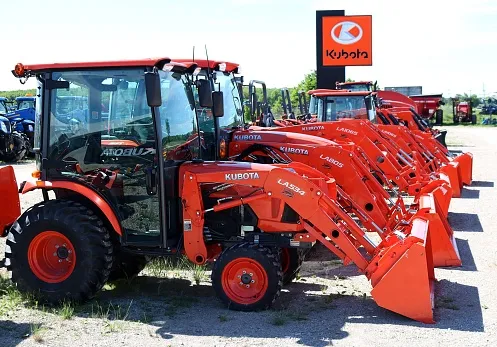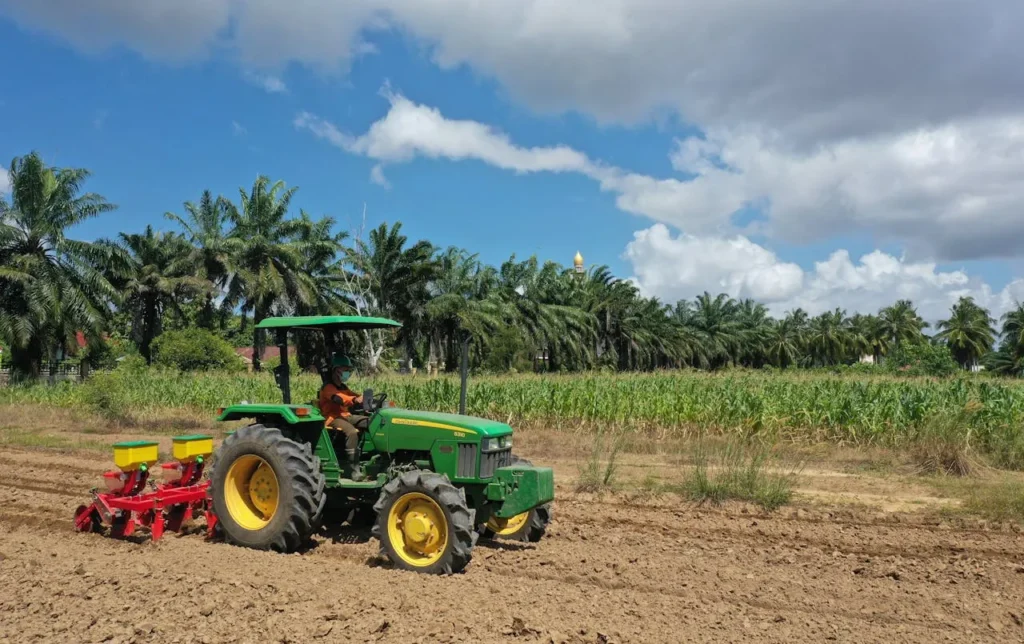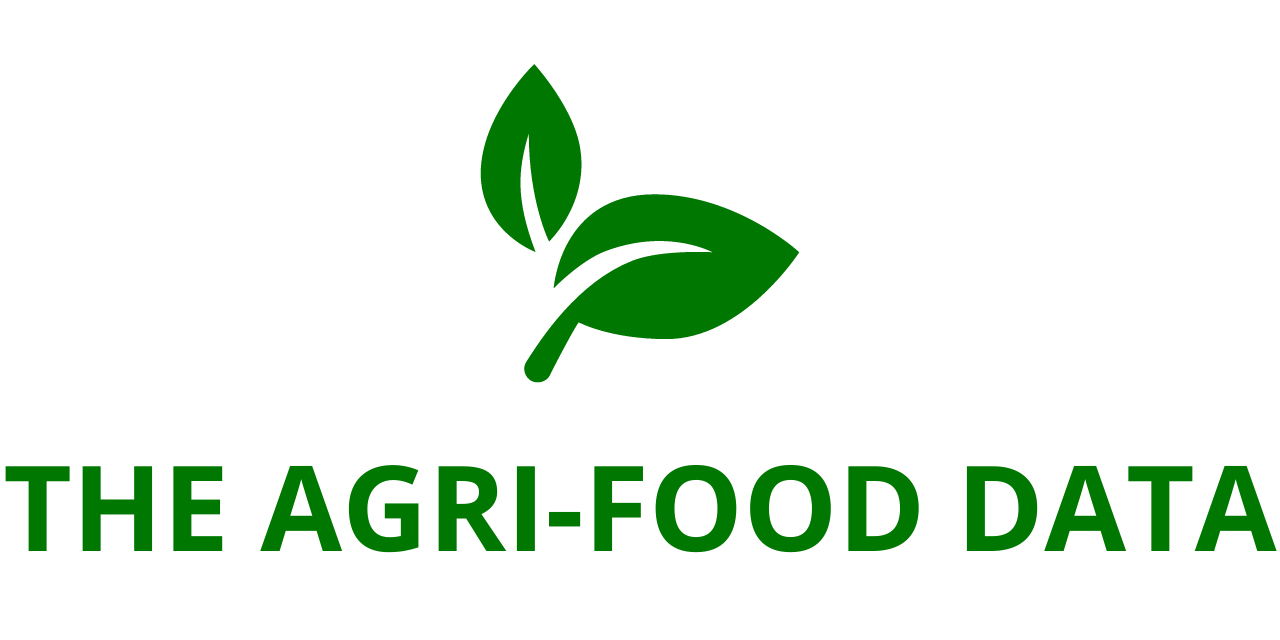
Japan Tractor Market Outlook 2025–2030 Key Players Lead Amid Changing Demand
The “Japan Tractor Market Research Report 2025–2030″ has been released on ResearchAndMarkets.com, shedding light on the current trajectory and future prospects of one of Asia’s most technologically advanced agricultural machinery sectors. According to the report, the Japanese tractor market is projected to grow at a compound annual growth rate (CAGR) of 1.11% between 2024 and 2030.
Market Overview
Japan’s tractor market is relatively consolidated, with five dominant companies—AGCO Corporation, CNH Industrial, Deere & Company, Kubota, and Mahindra—collectively holding between 50% to 60% of the total market share. These manufacturers are at the forefront of delivering highly specialized, technologically advanced tractors suited to Japan’s diverse yet compact farmlands.
These companies offer a variety of tractors tailored to different farm sizes and agricultural applications, from small paddy field tractors to larger, all-purpose machines. With the nation’s demographic shifts and technological momentum, these industry players are aligning their strategies to offer next-generation machinery with enhanced functionality.
Key Growth Drivers
1. Mechanization and Technological Integration
The growing need for mechanization, particularly in rural and aging farming communities, has significantly propelled demand for tractors in Japan. Increasingly, farmers are seeking solutions that not only replace manual labor but also incorporate smart technology to optimize productivity.
Japan’s agriculture sector is evolving into a data-driven industry. The integration of data, AI, and IoT (Internet of Things) into modern tractors has become a central trend. This shift is helping farmers make informed decisions based on real-time soil conditions, crop requirements, and climate forecasts.
2. Rise of Robotractors and Smart Machinery
Japan’s technological leadership is evident in its adoption of robotractors, which are increasingly deployed for labor-intensive tasks such as pesticide spraying and grass cutting. These machines utilize 5G connectivity and remote monitoring to perform agricultural activities autonomously or semi-autonomously.
This robotic transformation is especially important as over 60% of Japanese farmers are aged 65 or older, according to national statistics. With younger generations opting for urban jobs, Japan’s agricultural labor force continues to decline. As a result, automation is seen not only as a convenience but as a necessity for survival in rural farming communities.
3. Electrification of Farm Equipment
Driven by Japan’s climate goals and greenhouse gas reduction targets, the electrification of agricultural machinery is gaining momentum. Advances in battery technology—partly influenced by developments in the electric vehicle (EV) industry—have started to filter into farming equipment.
According to SHIZEN ENERGY Inc. (2024), electric tractors are being developed as a response to both labor shortages and environmental concerns. The trend aligns with broader governmental goals of carbon neutrality and sustainable agricultural modernization.
Data from the Ministry of Agriculture, Forestry and Fisheries reveals that the number of core agricultural workers dropped from 1.757 million in 2015 to just 1.164 million in 2023—a stark 35% decline. Electric and autonomous machinery is thus viewed as an essential pillar for maintaining productivity amidst this ongoing workforce contraction.
Government Support and Industry Incentives
The Japanese government has rolled out a series of subsidy programs and tax incentives aimed at encouraging the adoption of modern farming equipment, including tractors. Recognizing that agriculture is a cornerstone of national food security, policymakers are actively working to ease the financial burdens faced by farmers, especially small and mid-sized operations.

These incentives are designed to stimulate investment in mechanization and sustainable practices, while also supporting farmers as they adapt to market volatility, climate change, and material cost inflation.
Challenges and Restraints
Despite the promising outlook, Japan’s tractor market faces notable headwinds:
1. High Initial Investment Costs
Tractors, especially those equipped with advanced automation and connectivity features, represent a significant upfront investment. In 2023, Japan imported 1,987 wheeled tractors worth $175.9 million, equating to an average unit cost of around $88,500. This is considerably higher than in other countries like India, where high-end models range from $17,000 to $40,000.
Such high costs can deter small-scale and aging farmers from upgrading, despite government subsidies. As a result, this cost barrier limits widespread adoption of new technologies and slows overall market penetration.
2. Shrinking Agricultural Workforce
The aging and declining population of farmers in Japan continues to be a major concern. With fewer young people entering the profession, the farming community is gradually shrinking. This demographic shift is directly impacting tractor demand, as fewer active farmers translates into fewer tractor sales and reduced capital investment in modern machinery.
Market Impact of Trade Policies
Japan is a major exporter of tractors and agricultural machinery, and the imposition of international tariffs could significantly hinder its market. If higher tariffs are imposed on Japanese tractors, export prices would rise, making them less competitive globally. Importing countries may then shift toward local manufacturing to reduce costs, ultimately causing a decline in Japan’s tractor exports. Such a scenario would adversely affect domestic manufacturers and Japan’s machinery-based economy.
Regional Insights
Tohoku Region
Tohoku is projected to be the largest regional contributor to Japan’s tractor market in 2024, with sales of over 6,000 units. The region’s broad agricultural landscape—ranging from rice paddies to fruit and vegetable farms—necessitates a variety of tractor models, especially those that can handle mixed terrain.
Hokkaido
Hokkaido, known for its large-scale, consolidated farmland, is another key player, with an expected CAGR of over 1.20%. Farms in this region are more mechanized and have higher capital investment capacity, driving demand for robust, high-horsepower tractors suited for intensive cultivation.
Chubu Region
Chubu’s tractor market surpassed 4,000 units in 2024. The region’s agricultural diversity, including wet rice fields and upland crops, necessitates multi-functional tractors. The versatility required across various field types ensures a stable and recurring need for adaptable machinery.
Rest of Japan
The remainder of the country—including regions like Kansai, Kyushu, and Shikoku—collectively accounted for the largest combined share of the tractor market, with a forecasted CAGR of over 1.05%. These areas vary significantly in topography and crop specialization, requiring machinery tailored for both highland and lowland farming.





